The search for King David’s tomb
Is King David really buried on Mount Zion? The debate goes back as far as Talmudic times
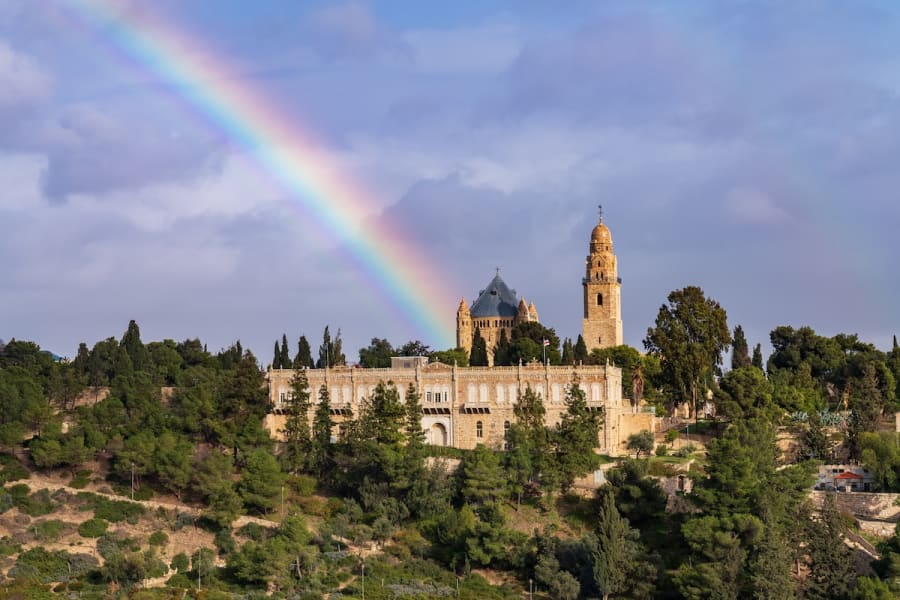
If you ask any tourist who has visited Jerusalem’s Old City, “Where is the Tomb of David located?” they’ll tell you, “On Mount Zion, on the ground floor underneath the Last Supper Room.” After all, it’s in all the guide books. The site is located just outside the boundaries of the Old City near Zion Gate, one of the seven entranceways into the ancient town.
But scholars and archaeologists throughout the ages have pondered if the current site of David’s Tomb is, in fact, the true location of where the Jewish king was buried some 3000 years ago.
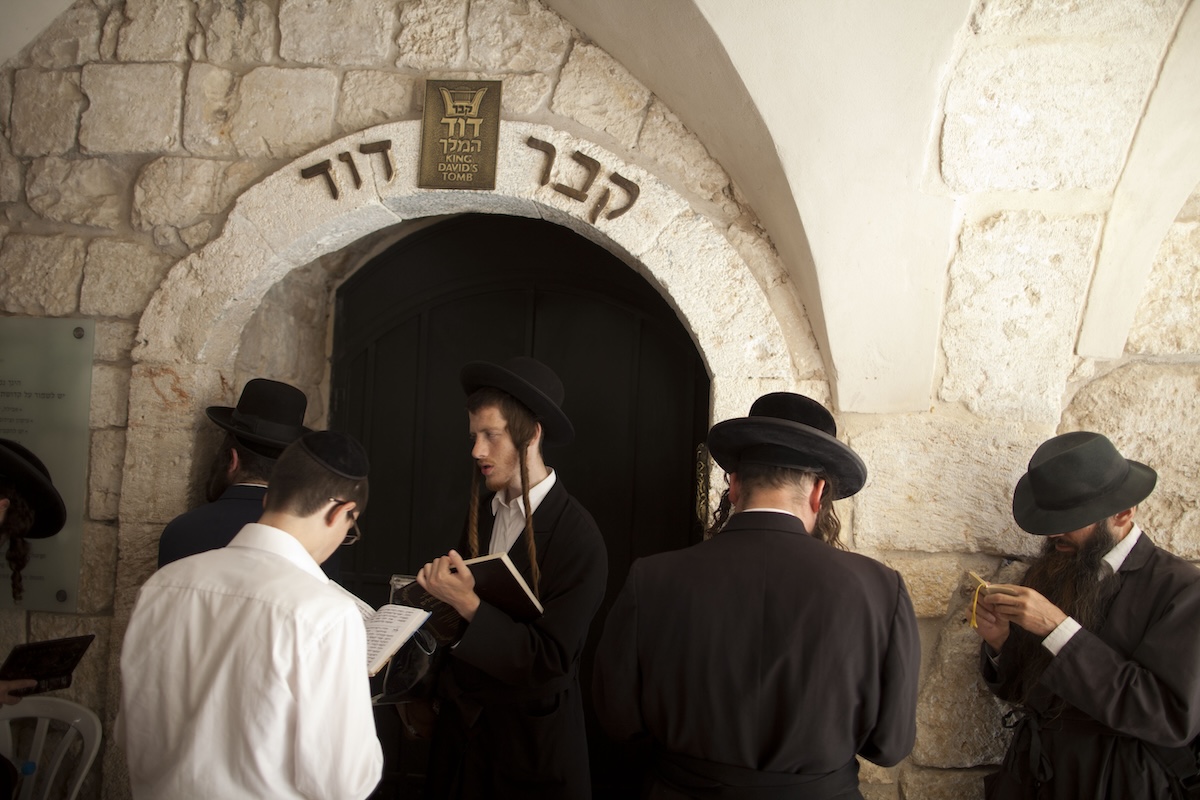
This is not just a question of modern archaeology but a debate that goes back as far as Talmudic times.
The Bible records the burial of King David as follows: “And David slept with his fathers and was buried in the City of David” (Kings I, 2:10). The implication is that David was buried in the City of David, not Mount Zion, and therefore the current location for David’s Tomb cannot possibly be where the Biblical king was actually buried.
Both sites, the City of David and the Tomb of David on Mount Zion, are located relatively close to each other, a distance of about 2500 feet. The City of David, however, is a ridge on a much lower elevation near the Kidron Valley, whereas Mount Zion is located on one of the higher points of the ancient town. They’re both technically outside the current walls of the Old City that were last rebuilt by the Ottoman Turks in the 16th century, but in earlier historical periods, both areas were included within the boundaries of Jerusalem.
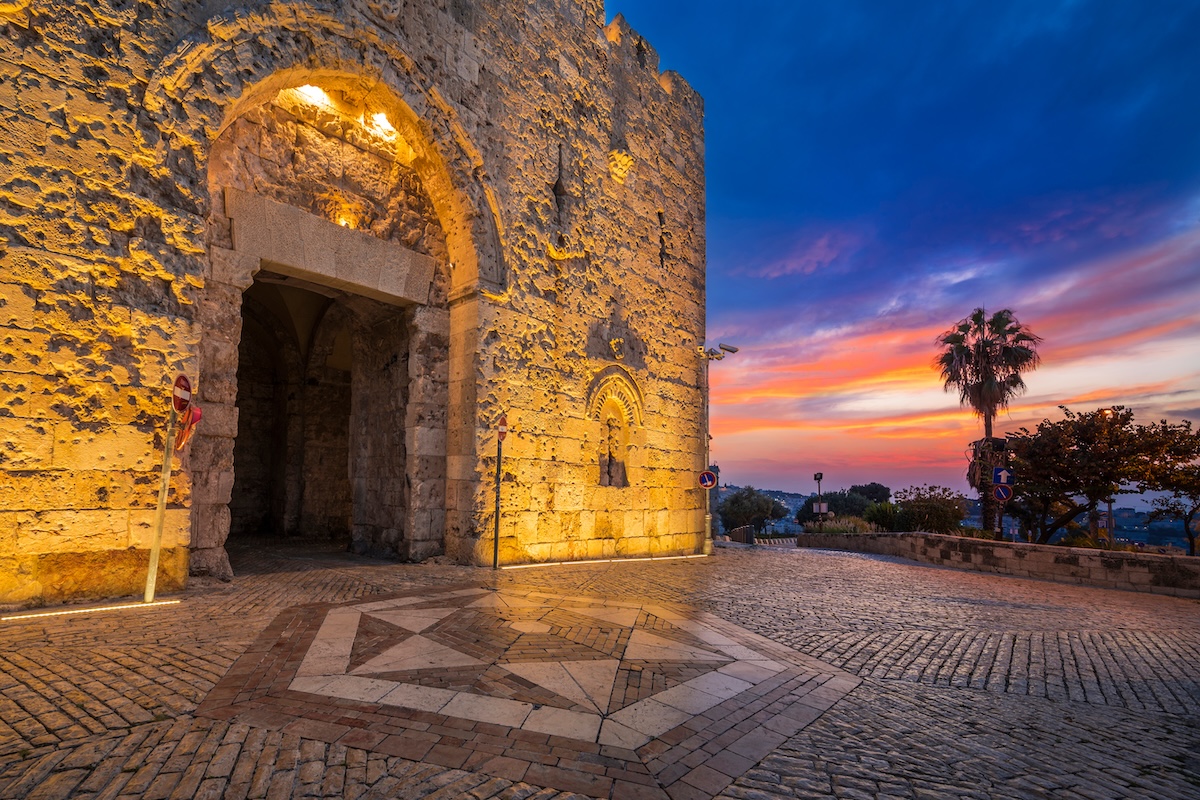
However, during King David’s lifetime, Jerusalem exclusively consisted of the City of David. Mount Zion, where David’s tomb is currently located, would have been outside the walls of the city at this time.
On the one hand, it does make sense that David’s tomb would have been immediately outside Jerusalem and not inside the city itself. During this time period (the Iron Age), cities were the sizes of small neighborhoods by our standards. Only royalty, noblemen, administrators, and tax collectors lived in the cities. Space would have been extremely limited. The land mass of the City of David, for example, is only about 12 acres. There wouldn’t be much room for tombs. Burial outside the city would have been much more logical.
If that’s the case, why does the Bible specifically write that he was buried inside the city?
Another problem with David being buried inside the city is regarding ritual impurity. In Judaism, dead bodies impart ritual impurity. In ancient Jewish towns, we typically find graves outside the confines of the city to avoid physical contact with the source of impurity.
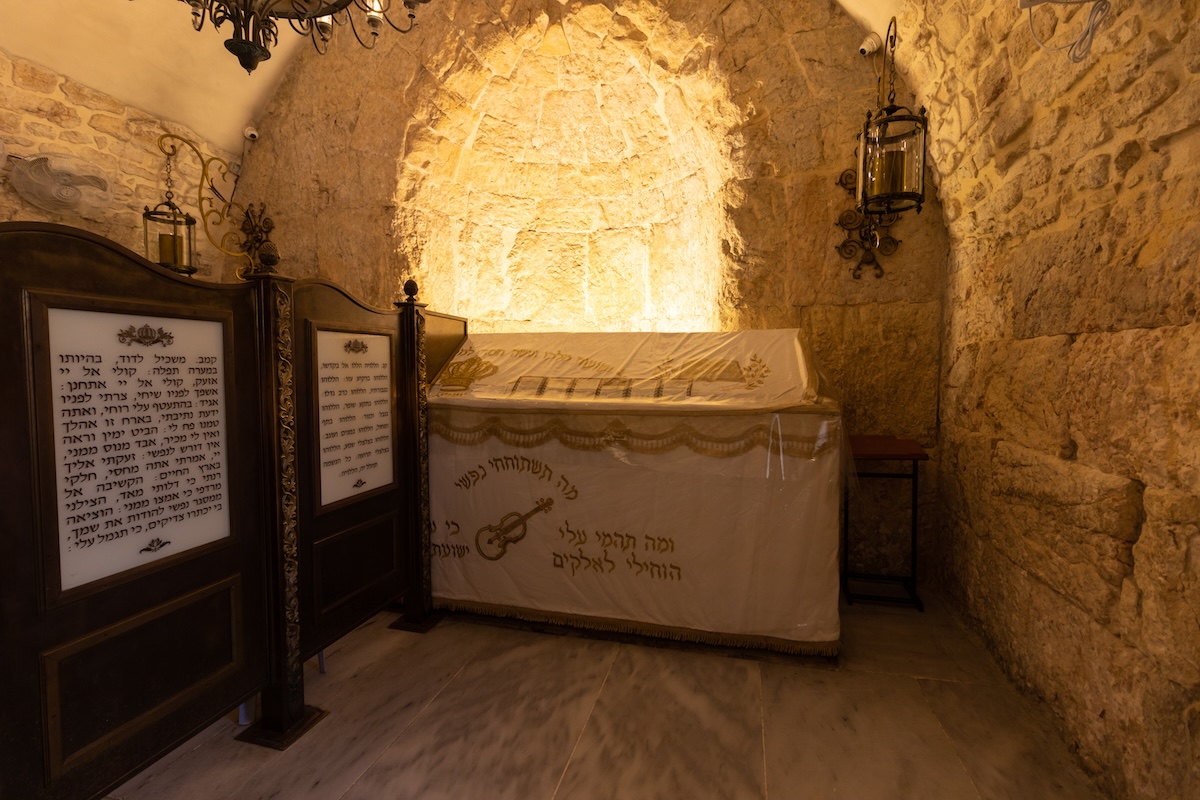
In Jerusalem for example, tombs of historical figures can be found in the hills surrounding the Old City. The Talmud therefore asks the question, how could David have been buried inside the city under these circumstances?
Rabbi Akiva claims a tunnel was constructed from David’s tomb in Jerusalem to the Kidron Valley that extracted the impurity from the king’s tomb. This piece of information actually gives us a clue as to the tomb’s location.
Mount Zion is too far away from the Kidron Valley. Such a tunnel would have to slope down the hill into the Tyropean Valley and cut through the width of the City of David and out into the Kidron Valley. But if the tomb was, in fact, located in the City of David, only a very short tunnel would be needed, as the City of David overlooks the Kidron Valley.
Given the Biblical and Talmud data, a French archaeologist by the name of Raymond Weill led excavations in the City of David in search of David’s historical resting place in the years leading up to World War I. His research did unveil nine burial caves in the southern portion of the City of David, which he felt could be good candidates, but it turns out they date to the Second Temple period based on Greek inscriptions found there. No tomb or any material evidence from the period of King David was ever discovered at the site.
If the City of David did not yield the expected results, only one option remained and that was to excavate the Mount Zion site itself.
One of the few Israeli archaeologists who excavated under the Tomb of David on Mount Zion was Dr. Gabi Barkai. Below the sarcophagus, which was built in the Crusader period for symbolic reasons, a staircase was discovered that leads to a secret passageway. Following the tunnel brings you into an ancient burial cave, which was excavated by Dr. Barkai. Based on pottery finds, he was able to date the cave to the First Temple period.
While Dr. Barkai accepts the Biblical narrative as the City of David being the true burial place of King David, he claims the Mount Zion tomb may be associated with Biblical Judean kings from Menashe onwards. Being a rebellious king who embraced idol worship and burned Torah scrolls, it’s possible that the Jewish religious leadership denied him burial near David’s tomb. It is interesting to note that by Menashe’s time, the boundaries of Jerusalem had expanded to the area of Mount Zion. From his generation onwards, the Bible records the Judean kings as being buried in a place called Gan Uzzah, not the City of David. It’s possible that the tomb we typically associate with King David may actually be that of the last Biblical kings of the Davidic dynasty, but not David himself.
I’m no archaeologist, but if you ask my opinion as a tour guide, I would say something rather unconventional, but perhaps a resolution to this mystery. In the City of David, we can clearly see the ancient wall of Jerusalem from the Biblical period, but only on the eastern side facing the Kidron Valley. We have never found a wall dating to Biblical times on the western side of the City of David facing Mount Zion. Furthermore, we have never done extensive archaeological excavations on Mount Zion itself. For that reason, perhaps our assumption that the City of David was limited to the ridge was incorrect and perhaps it did in fact extend to Mount Zion even during the lifetime of King David.
If that’s the case, then what we call Mount Zion today may have been a part of what the Bible calls the City of David. This would mean the traditional site of David’s tomb could in fact be where he was buried after all.
In any case, the Tomb of David is a great place to visit on your next tour of Jerusalem. More important than where exactly he died is how he lived. You can read the story of King David in the Book of Samuel and read his personal prayers in the Book of Psalms.
This article originally appeared on Aish.com and is reposted with permission.
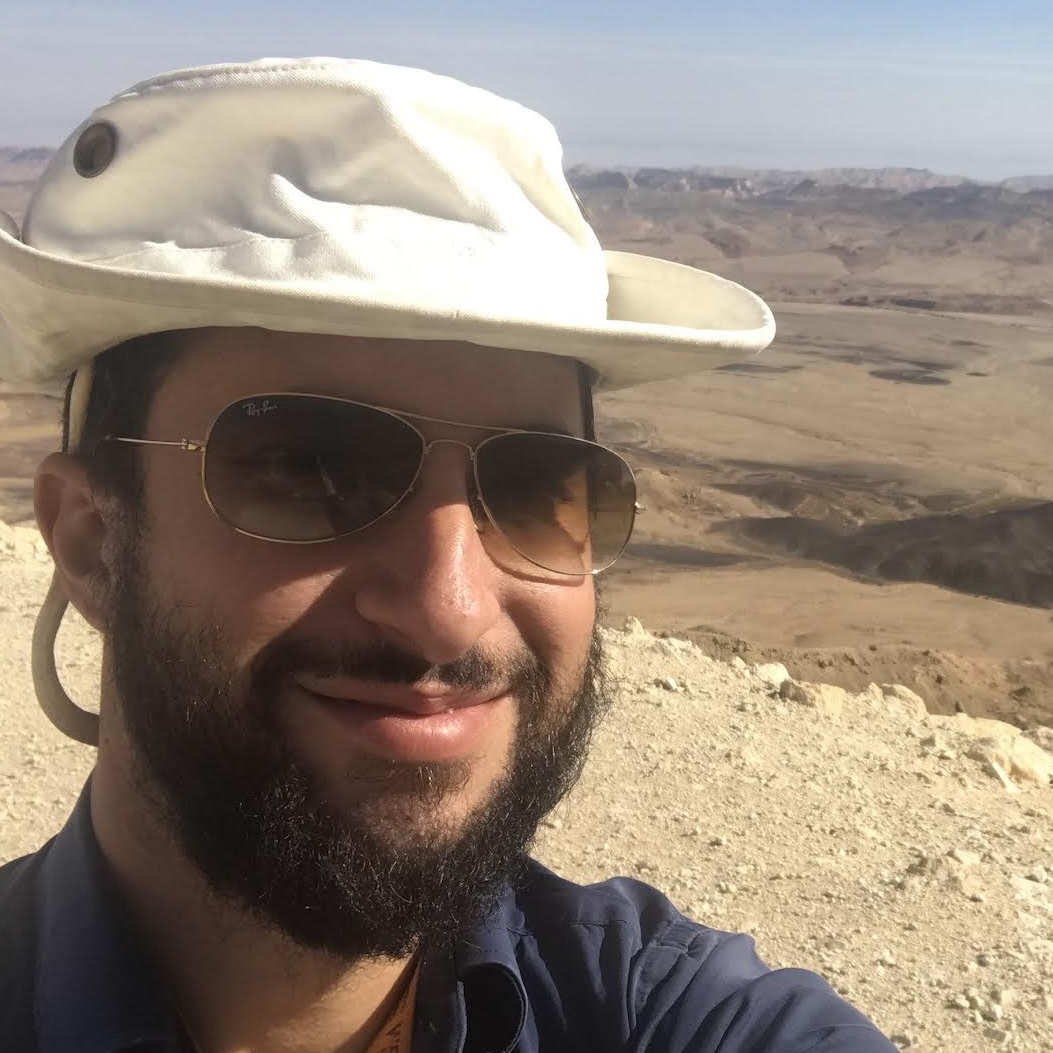
Avi is a licensed Tour Guide in Israel. Originally from Montreal, Canada, he has a double major B.A. in Political Science and Middle East Studies from McGill University. As the VP of Hillel in Montreal, Avi was involved in Jewish educational projects and Israel activism.
Avi made Aliyah in 2012 to pursue his passion in telling the story of the Jewish People as a licensed tour guide. Since 2015, he has been guiding families and groups all over Israel with tailor made tours designed to fit the needs of each individual persona. Avi is great at making history come to life and a fun personality to connect with. He currently resides in Netanya with his wife and children.












